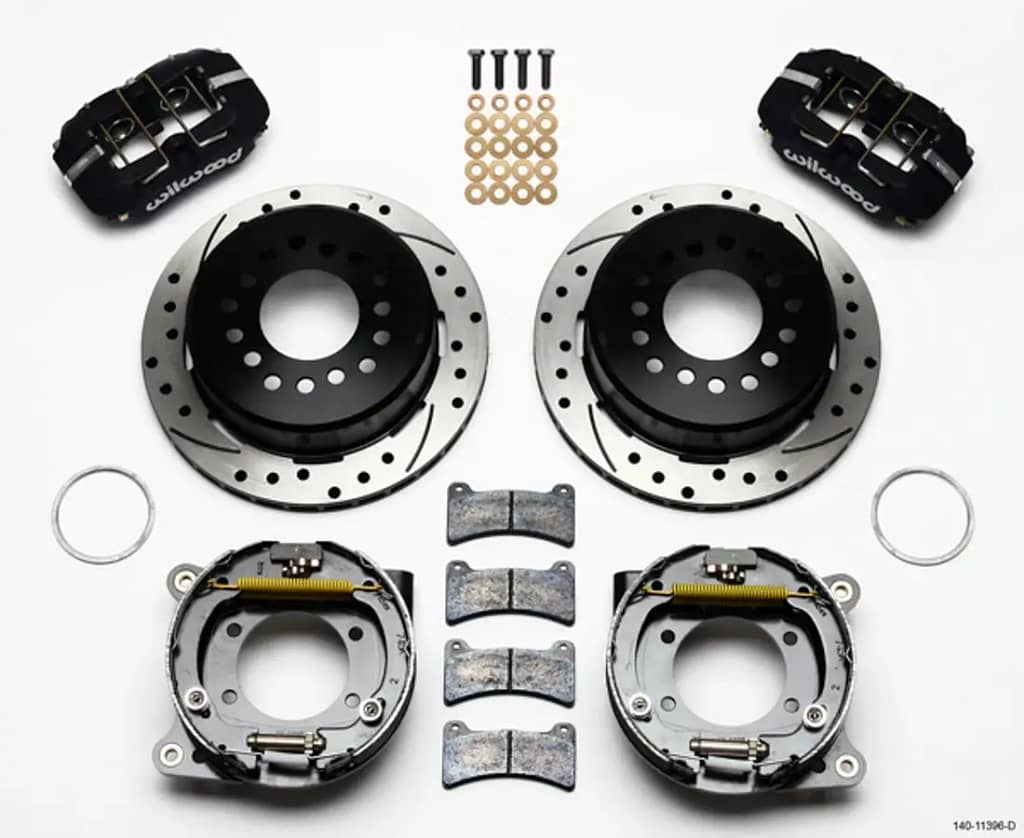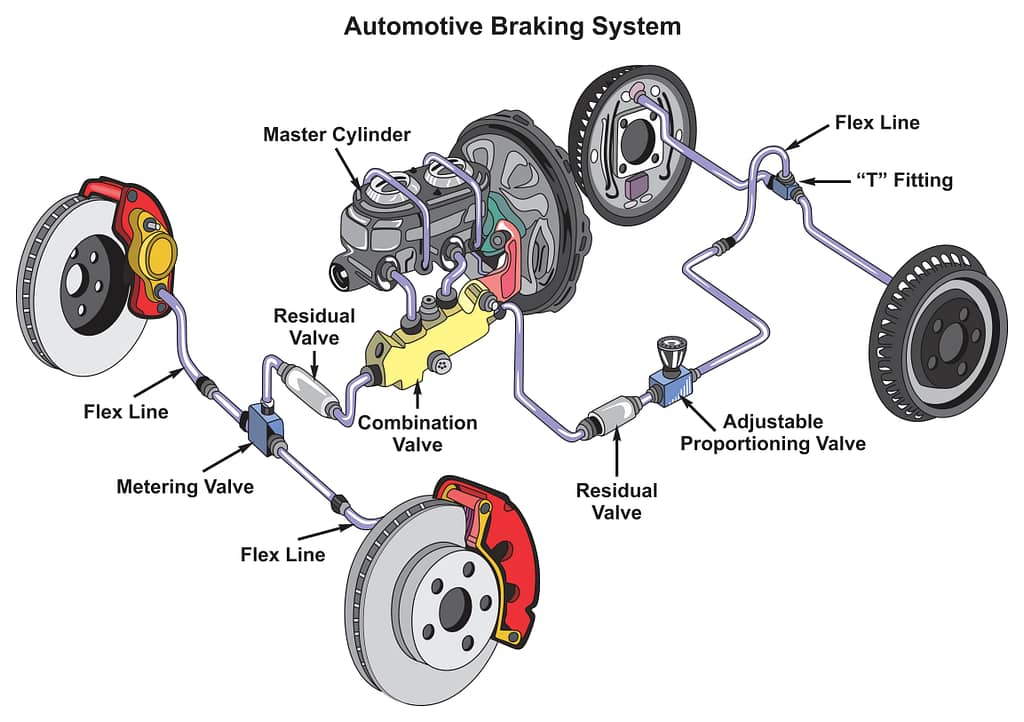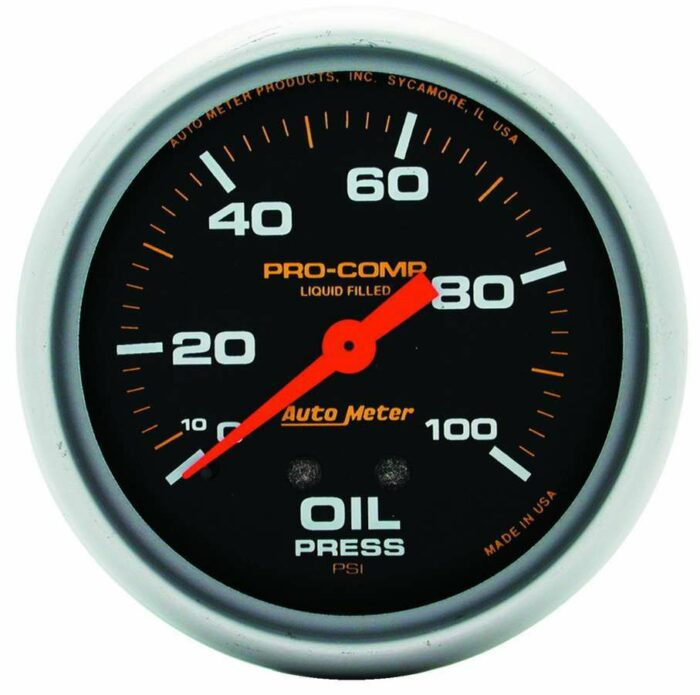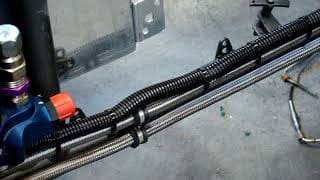Tracing the Journey of Brake System Evolution

Braking systems are pivotal in the automotive landscape, impacting safety and overall driving dynamics. The progression from early braking mechanisms to today’s sophisticated systems underscores an extraordinary journey of innovation. This comprehensive examination will delve into the advancements in braking systems, illustrating how these developments have transformed both racing and daily driving experiences.
The Beginnings: Drum Brakes to Disc Brakes
Early Innovations and Limitations
The inception of automotive braking began with the rudimentary drum brakes, which dominated the industry until the mid-20th century. These brakes comprised a drum and brake shoes that expanded to press against the drum’s interior surface, generating friction to decelerate the vehicle. While effective for the era’s vehicles, drum brakes had notable shortcomings, particularly in heat management and moisture resistance. These issues could lead to brake fade during extended use, diminishing their effectiveness and posing safety risks.
Transition to Disc Brakes
The automotive industry witnessed a pivotal shift with the introduction of disc brakes in the 1950s. This system replaced the drum with a rotor and employed brake pads that clamp onto the rotor to initiate braking. This design significantly enhanced heat dissipation and reduced the risk of brake fade, even under strenuous conditions. Disc brakes also performed more reliably in wet weather, boosting safety and driver confidence. The shift not only marked a technological leap but also set new standards for vehicle safety and performance.
Material Innovations: From Steel to Carbon-Ceramic
Challenges with Traditional Materials

Initially, brake rotors were primarily crafted from cast iron or steel, selected for their durability and cost-effectiveness. However, these materials contributed significantly to the weight of the vehicle’s braking system, adversely affecting performance. The quest for lighter, more efficient materials led engineers to explore alternatives that could maintain high performance without the drawbacks of heavier metals.
The Rise of Carbon-Ceramic Brakes
The 1980s introduced carbon-ceramic brakes, which have since revolutionized high-performance braking systems. These brakes combine carbon fiber and ceramic, offering a much lighter alternative to steel, which minimizes unsprung mass and enhances vehicle dynamics such as handling and acceleration. Furthermore, carbon-ceramic brakes excel in maintaining structural integrity at high temperatures, making them ideal for the rigorous demands of motorsport racing where reliable and consistent braking is crucial.
Impact on Motorsports and Daily Driving
Enhancements in Motorsports
In the realm of motorsports, effective braking is as crucial as swift acceleration. Advanced performance brakes enable racers to approach turns at higher speeds and brake later, thereby maintaining a competitive edge. These technological improvements have not only enhanced lap times but also expanded the strategic dimensions of racing, empowering drivers to perform more aggressive maneuvers with increased safety.
Benefits to Everyday Driving
For everyday motorists, advancements in braking technology translate into safer and more dependable vehicles. Modern systems like anti-lock braking systems (ABS) and electronic brakeforce distribution (EBD) help prevent accidents by improving control during sudden stops. Moreover, as braking systems evolve, they increasingly integrate electronic components that enhance the interaction between the driver’s input and the vehicle’s response, leading to more intuitive driving experiences.
Future Directions in Braking Technology
Integration with Electric and Autonomous Vehicles
The future of braking technology holds promising advancements, particularly with the automotive industry’s shift toward electric and autonomous vehicles. These vehicles emphasize the importance of integrated electronic controls in braking systems. Regenerative braking systems, which capture energy during braking to recharge the battery, exemplify the dual benefits of performance and sustainability, highlighting the role of braking systems in future automotive developments.

Potential Technological Breakthroughs
Emerging technologies such as brake-by-wire and advanced materials like graphene could further transform braking systems. These innovations promise to reduce mechanical complexities, enhance reliability, and offer superior performance attributes, setting the stage for next-generation vehicle safety and efficiency.
Case Study: The Introduction of Carbon-Ceramic Brakes in Formula One
The introduction of carbon-ceramic brakes into Formula One in the early 2000s marked a significant turning point in motorsports, particularly impacting race strategies and vehicle performance. Prior to this, teams were using primarily steel brakes, which were heavier and less effective at high temperatures, leading to frequent brake fade during races.
McLaren’s Pioneering Use:
McLaren was one of the first teams to fully implement carbon-ceramic brakes, seeing an immediate improvement in braking efficiency and heat management. The lighter brakes allowed for quicker deceleration and less thermal degradation, which meant drivers could approach corners at higher speeds and brake much later, thus shaving seconds off lap times.
Impact on Race Outcomes:
The 2005 San Marino Grand Prix serves as a notable example. Kimi Räikkönen, driving for McLaren, demonstrated exceptional braking capabilities that allowed him to maintain high speeds longer than his competitors before braking sharply and precisely for corners. This ability was crucial in securing his victory, as it gave him a significant edge over others who were still struggling with steel brakes.
Technological Ripple Effect:

The success seen by teams like McLaren prompted a rapid shift across all Formula One teams to adopt carbon-ceramic brakes. This change also trickled down into commercial high-performance sports cars, where manufacturers began to tout the racing-derived technology as a key selling point for improved safety and performance.
This case study not only highlights the pivotal role of advanced braking systems in racing but also illustrates how innovations in motorsports can influence broader automotive technologies, leading to enhanced safety and performance in consumer vehicles. By integrating such a case study, your article would not only capture the historical impact but also connect with readers interested in the practical applications of these technologies in both racing and everyday automotive use.
Conclusion
The evolution of performance brakes vividly demonstrates how continual advancements in automotive technology can address the dual demands of safety and performance. From the transition from drum to disc brakes to the adoption of cutting-edge materials like carbon ceramic, each technological stride has significantly impacted both the racing world and daily vehicle operations. As the automotive industry progresses toward more sophisticated and environmentally friendly vehicles, the role of advanced braking technologies will be crucial in shaping the future of transportation, ensuring that safety and efficiency remain at the forefront of automotive design and functionality.






